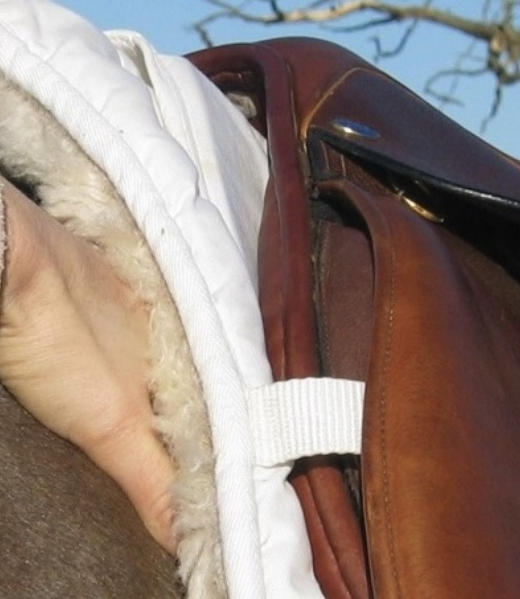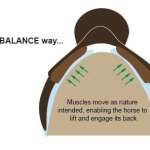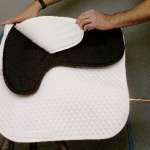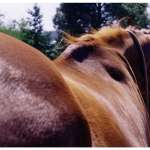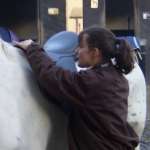What is functional saddling?
This is a fundamentally essential question to ask and Functional Saddling has the answer.
Functional Saddling was developed by The BALANCE Organisation over 30 years ago, but they discovered it was also used during the First World War when it was essential for war horses to stay sound, comfortable and functioning well throughout the campaigns.
For the Full Presentation on Functional Saddling written by the co-Founders of BALANCE, just click on the ‘Learn More’ button above.

Functional Saddling requires 6 Key Elements, just scroll down or click on each picture below for more info
Honour
The Horse
Help riders to recognise, understand & honour the many forms of feedback from the horse relative to Saddling (and everything else!).
Provide opportunity for the horse to try options in order to discover individual needs & preferences.

Horse Friendly Design Features & Fitting
Saddle design features & fitting that provide comfort & encourage/allow the recovery & maintenance of biomechanically correct movement, muscling & posture.
For more info please follow the link below to the Home of Functional Saddling: Functional Saddling Explained: https://balanceinternational.com/functional-saddling
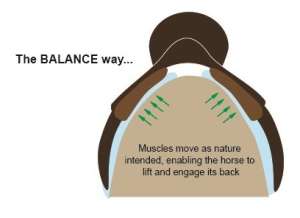
The Padding
System
The Functional Padding System is an essential part of the Functional Saddling Method.
– It accommodates many changes in the horse’s body shape throughout movement and also throughout changes caused by the seasons, periods of rest/injury etc. In most cases it eliminates the need for flocking adjustments because adjustments are made with the pads instead.
– It enables the rider to easily fine-tune saddle balance every ride ensuring maximum comfort for the horse & maximum comfort & effectiveness for the rider.
The Padding System Explained (opens a new tab): https://balanceinternational.com/pad-design-and-manufacture
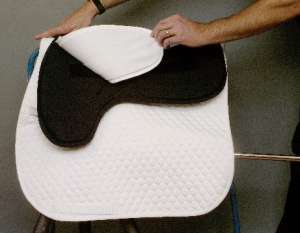
Only Fit
When Appropriate
We do not fit saddles to horses who are too young, weak or compromised to carry a rider safely.
We do not fit saddles for riders too big for their horse.
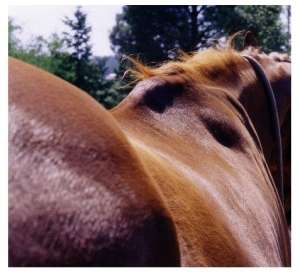
Continually
Monitor
Monitoring is easy and ensures that muscle mass, posture and attitude are recovering & improving (known as ‘Remedial Functional Saddling’) or being well maintained (known as ‘Maintenance Functional Saddling’).
Owners/Riders are encouraged to take regular back templates of their horse, along with regular photographs and a diary to help ensure improvements/maintenance.
Riders can also use the way the saddle sits on the horse each day as feedback regarding how well everything is going. A sudden need for more pads than previously necessary can be an early warning sign of a problem. Factors that may affect positive saddling outcomes can be pain, management, nutrition, hoof-care, dentistry, riding methods, riding ability, competition schedule etc. Similarly, if less pads are needed, it may be due to the recovery or build-up of biomechanically correct muscling and improved posture, or it could be that the horse is gaining excessive weight, all good things to notice.
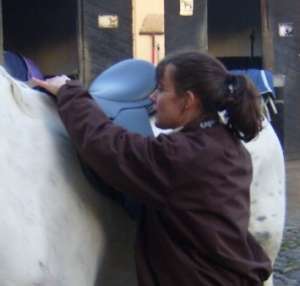
An Holistic
Approach
Functional Saddling helps horses recovering from damaged muscling and/or posture as part of The BALANCE Organisation’s revolutionary therapeutic programme..
The BALANCE Remedial Programme: the-balance-remedial-programme from BAL site.pdf
Remedial Saddling Explained: https://balanceinternational.com/remedial-saddling
The Equine Pathway Explained: the-balance-equine-pathway-programme from BAL site.pdf
The Remedial Programme is also detailed in The Horse’s Voice Book

